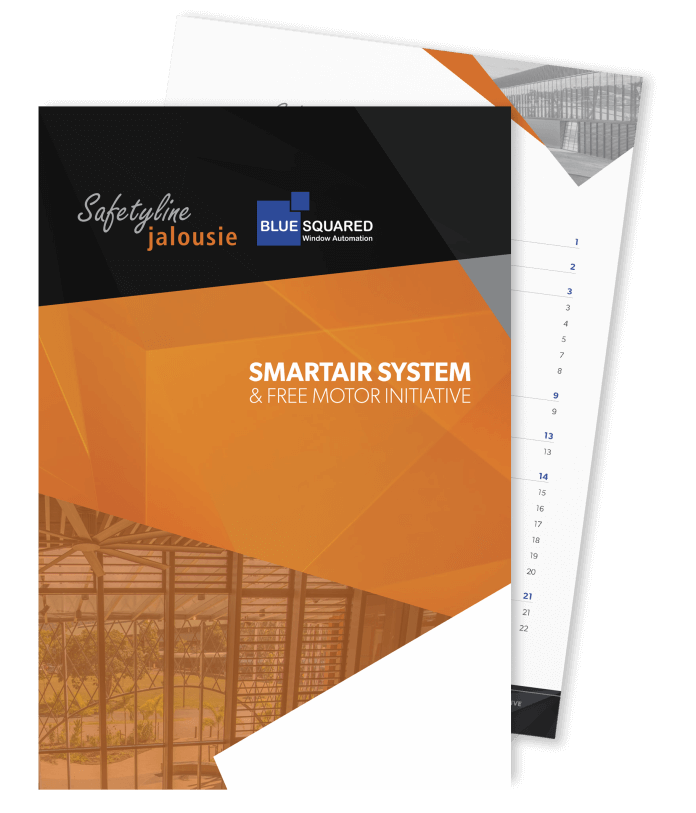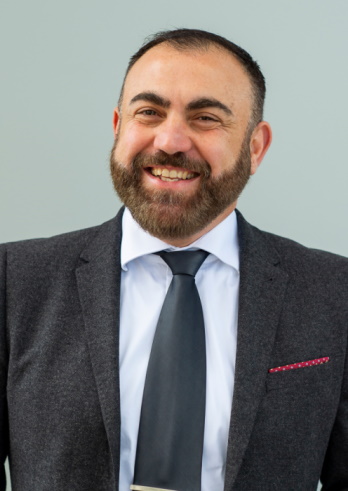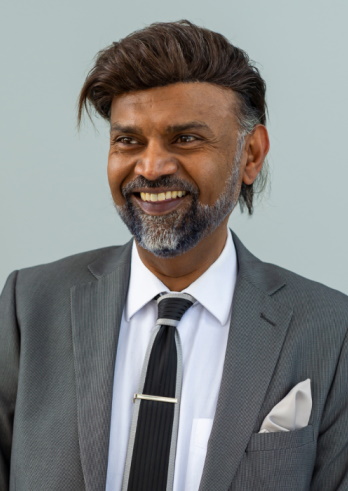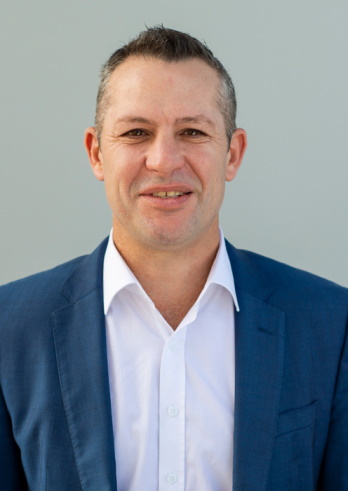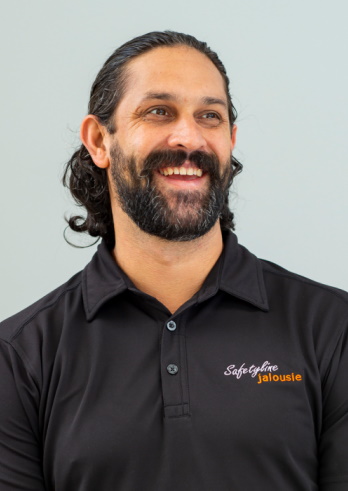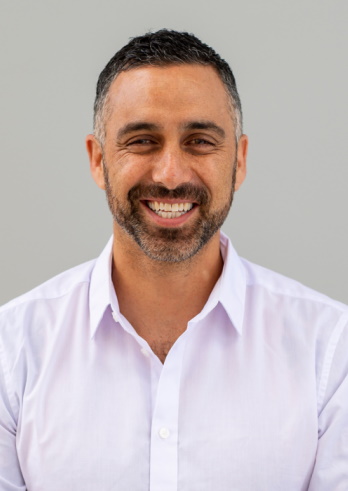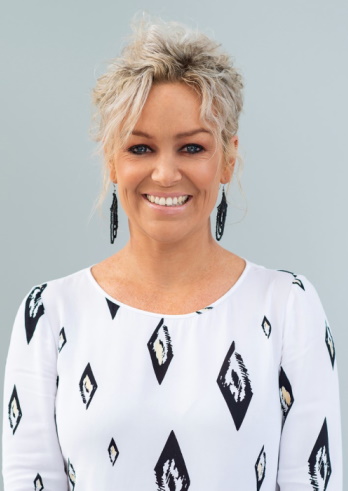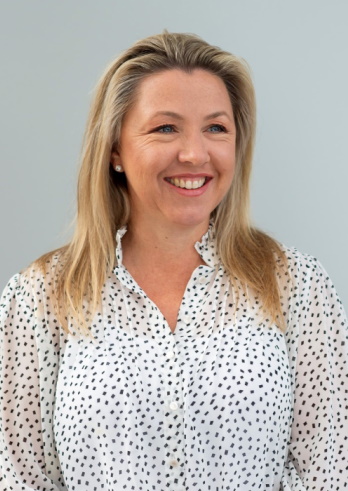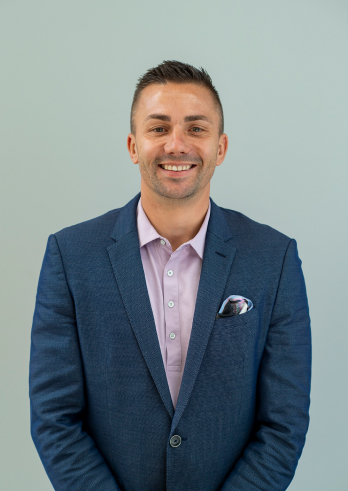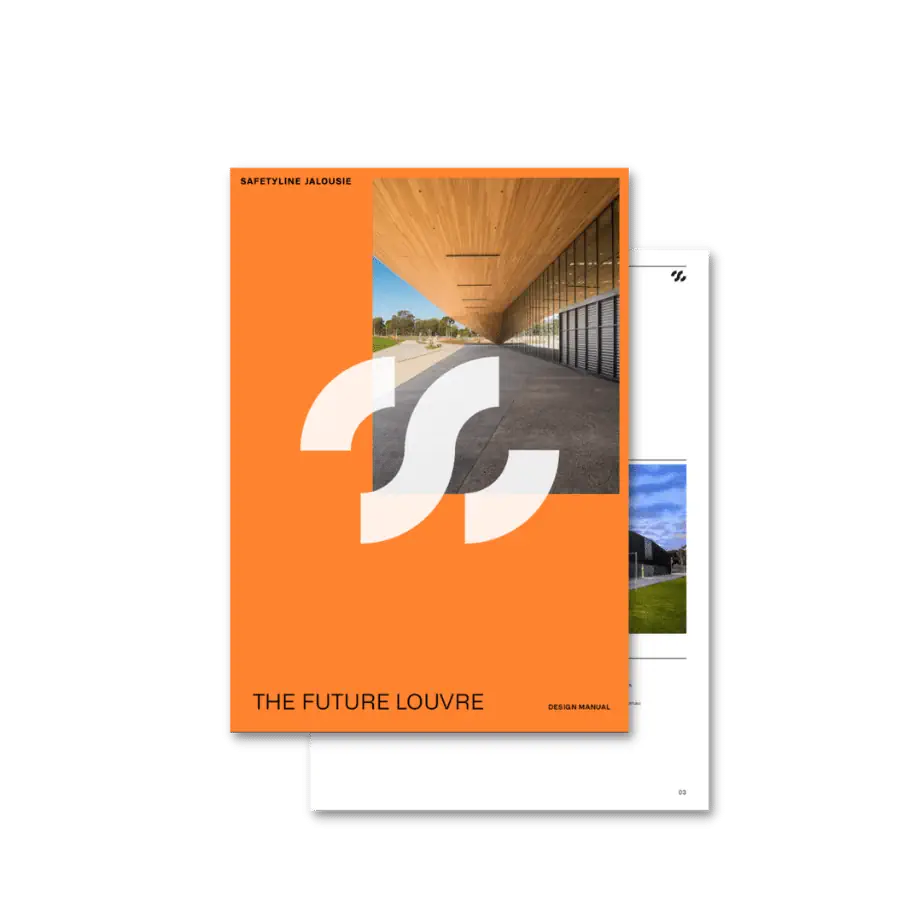With the threat of climate change literally still in the air, governments need to step up their efforts to reduce the dangers of global warming in accordance with the Paris Agreement international treaty.
Australia has recently updated its Nationally Determined Contribution (NDC) with more concrete plans to reach its target of Net Zero emissions by 2050. Going Net Zero pertains to reducing harmful greenhouse gas (GHG) emissions, balanced out by removals from the atmosphere.
One of the sources of carbon emissions comes from the building sector. The statistics are alarming: almost 40% of global CO2 emissions comes from building operations (28%) and from building construction and materials (11%).
Operational carbon emissions are derived from GHG released by energy sources used to power up the building’s facilities and to keep it warm, cool, lighted, or ventilated.
Embodied carbon emissions refer to GHG released from mining, logging, processing, manufacturing, and transporting of construction materials and from constructions in the built environment (man-made structures for human activity).
In 2019, 16% of Australia’s built environment emissions came from embodied carbon. If left unchecked, this could rise to as much as 85% in 2050 – a far cry from the net zero goal for that year.
Factors to consider for sustainable materials
Concrete, steel, and aluminium are major contributors (23%) of total global emissions from built environments. The challenge now is designing, producing, and using materials for built environments that are both structurally durable and with minimal embodied carbon emissions.
The following elements should be taken into consideration when choosing the appropriate materials to help meet Net Zero standards.
- Fitness for purpose and design efficiency
In construction, fitness for purpose refers to when a contractor promises to deliver the work they’ll produce in accordance with the requirements and its intended use set by the principal.
To meet their expectations – especially if the principal needs to fulfil environmental standards – it is best to choose materials that are low in maintenance yet high in quality for longer performance and durability.
Design efficiency – optimising the design and the use of its materials to its maximum capacity at minimum cost – is also essential. This helps reduce the demand for more materials and, ultimately, diminish potential harmful emissions.
- Environmental impact declarations
Materials should provide information that indicates its environment effects. This includes a product’s life cycle analysis: what raw materials were consumed to produce this, how was it manufactured, what was the mode of transportation, what was the installation process, how will it be used and renewed, and what is its embodied carbon and pollution impact.
- Prefabricated construction materials
Prefabricated construction uses materials that were produced off-site in a factory. This is transported to the construction site where it will be installed.
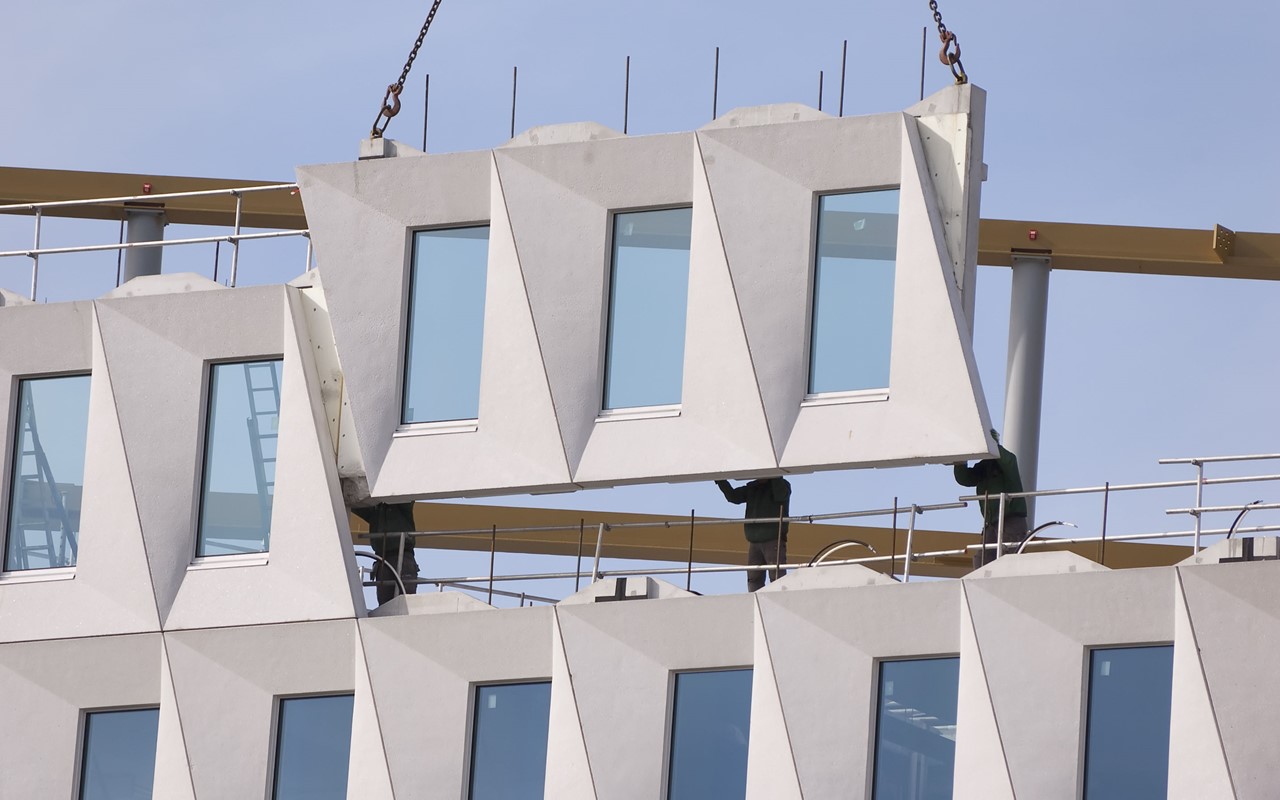
Using this type of material can provide environment-friendly benefits. It helps minimise on-site construction waste and preserves the natural surroundings, including the local flora and fauna. It also saves on water and fossil fuel consumption due to more efficient transportation methods. Offsite production of prefabricated materials also reduces emissions and work interruptions.
- Practise responsible sourcing
Responsible sourcing or supply chain responsibility refers to a company’s efforts to procure materials that were sourced in a sustainable and ethical manner, without any negative social or environmental impact. For example, a supplier should have certification that they legally sourced their timber from responsibly managed forests.
These are among the accreditations that suppliers can obtain for as long as they fulfil the regulatory organisation’s requirements and maintain their quality standards.
- ISO 14000 series, EMAS, and BES 6001 for environmental management
- ISO 21930 and 21931 for construction products
- EN 15804 AND 15978 for product level and building level assessments, respectively
- Context in the local built environment
In this particular field, context refers to the environmental conditions surrounding the construction project. The design and construction of a building, for example, should complement and support the local vicinity. It also takes into consideration the construction and installation materials that are appropriate to the environmental setting and to the local workforce.
Context must take into consideration the area’s topography, historical and cultural significance, architectural trend, locally sourced materials, construction methods, weather and climate, the political situation, national and local regulations, and the economic state.
It becomes a concern when the project requires materials that are unfamiliar, the construction techniques are difficult to apply, or it causes maintenance problems that can affect the environment in remote areas and developing countries.
- End of life and deconstruction
End of life (EOL) is the final phase of a material’s use. In construction, EOL management involves knowing how to reuse the materials as they are and how will they be repurposed or recycled in such a way that it diminishes waste.
This is applied in the process of deconstruction wherein parts and materials will be carefully dismantled. Structural integrity must be preserved for recycling and repurposing so there will be less waste.
Reducing carbon emissions with Safetyline Jalousie
Aligned with the global initiative and Australia’s pledge to achieve Net Zero, Safetyline Jalousie is committed to support the building industry’s endeavours in reducing embodied carbon emissions in built environments.
Our long-lasting, high-performance louvre windows are now manufactured using Hydro REDUXA Aluminium — a low-carbon aluminium with ISO 14064 certification that covers all carbon emissions. Using renewable energy from water (hydro power), wind and solar, we can produce cleaner aluminium, reducing the carbon footprint per kg of aluminium to 4.0 which is less than a quarter of the global average.
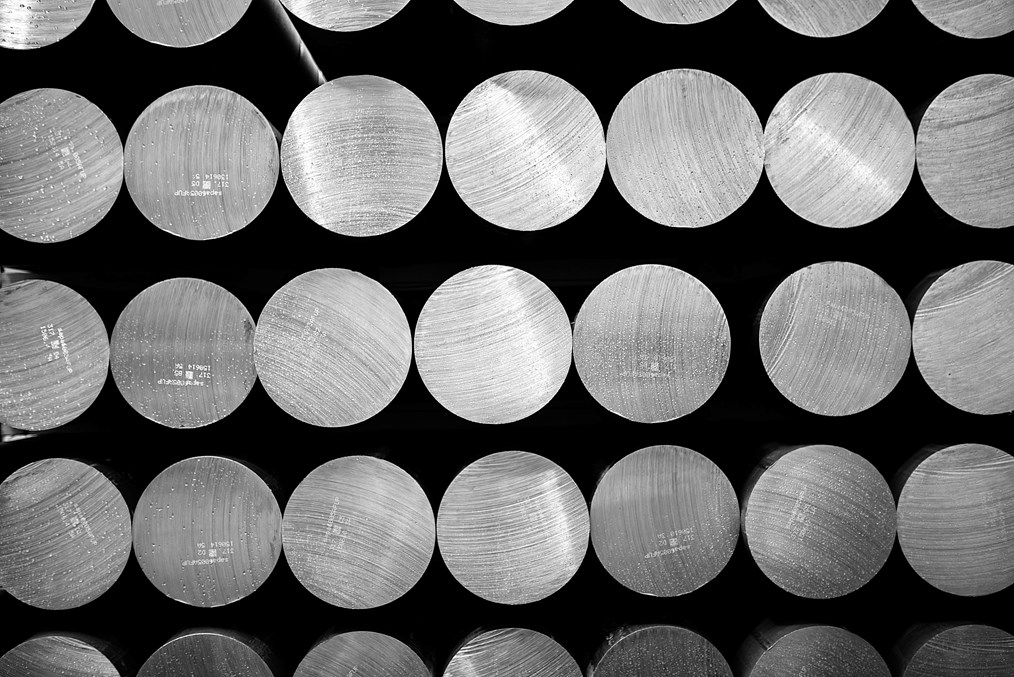
We also employ prefabrication processes in manufacturing and supplying our louvre windows as complete, framed and glazed units ready for installation. The prefab methodology ensures the highest standards, with precise, predetermined dimensions to guarantee quality every time and also reduces the quantity of waste materials on a building site. Factory offcuts are recycled for re-use rather than going into landfill.
Built to last, our louvre window products help create healthier ventilation systems that will also increase energy efficiency and significantly minimise the negative effects of energy consumption on the environment.
Learn more about our initiatives for sustainable solutions that will benefit your building projects. Contact us on 1300 863 350 or send your enquiries here and we’ll be happy to assist you.

